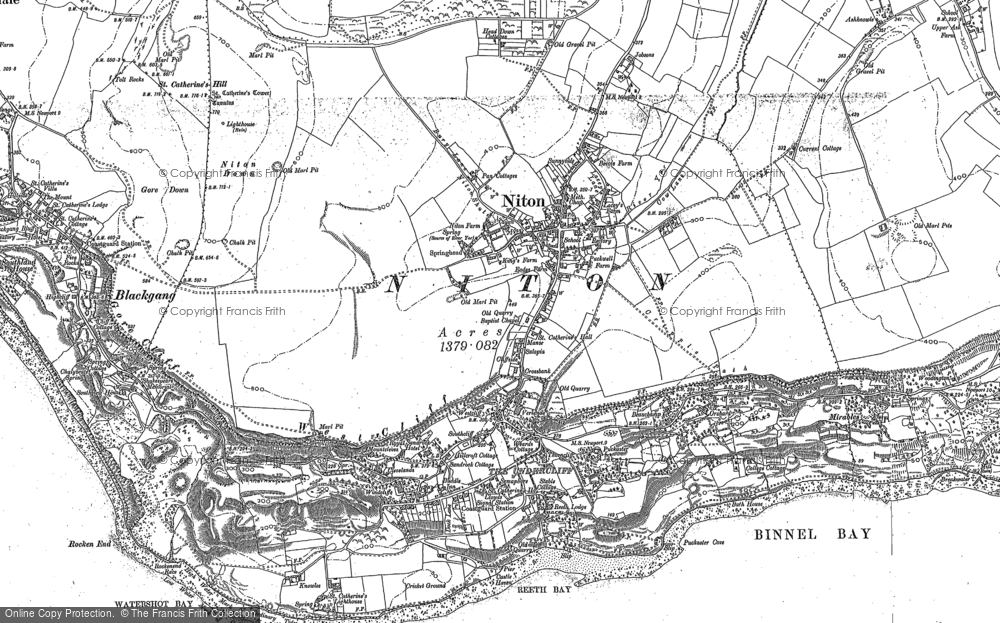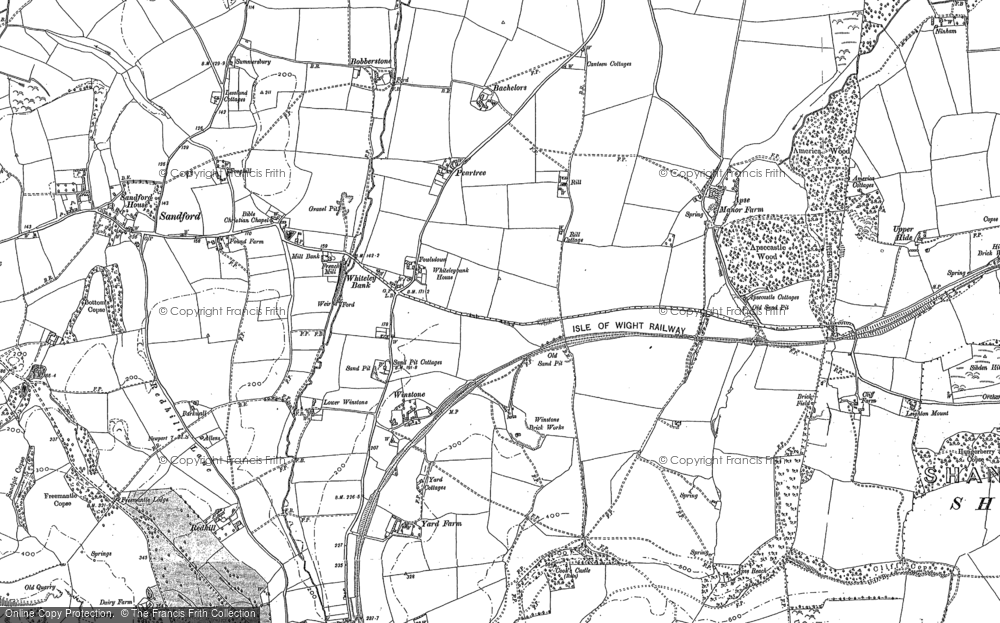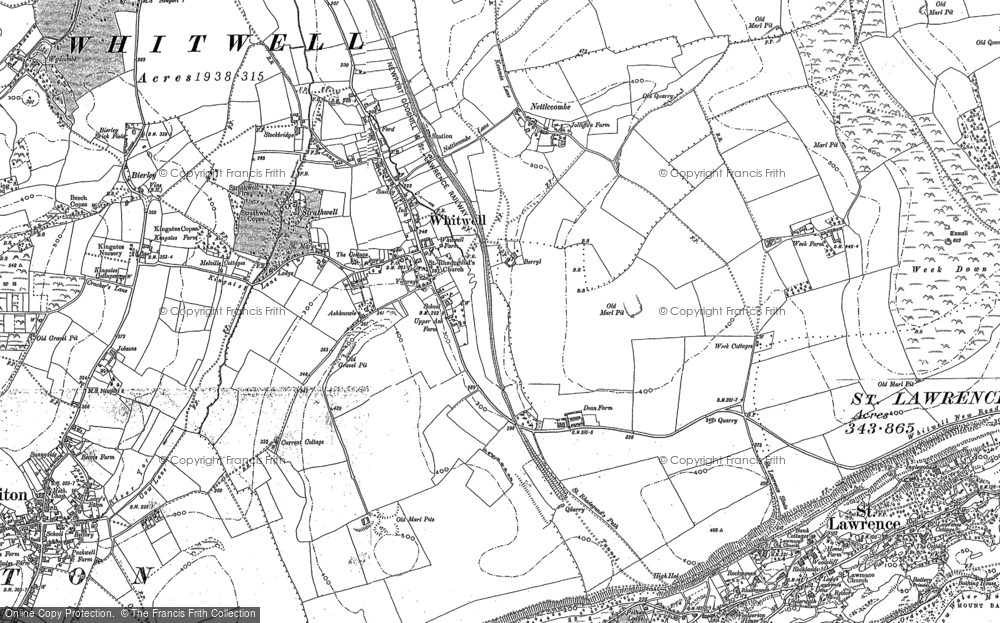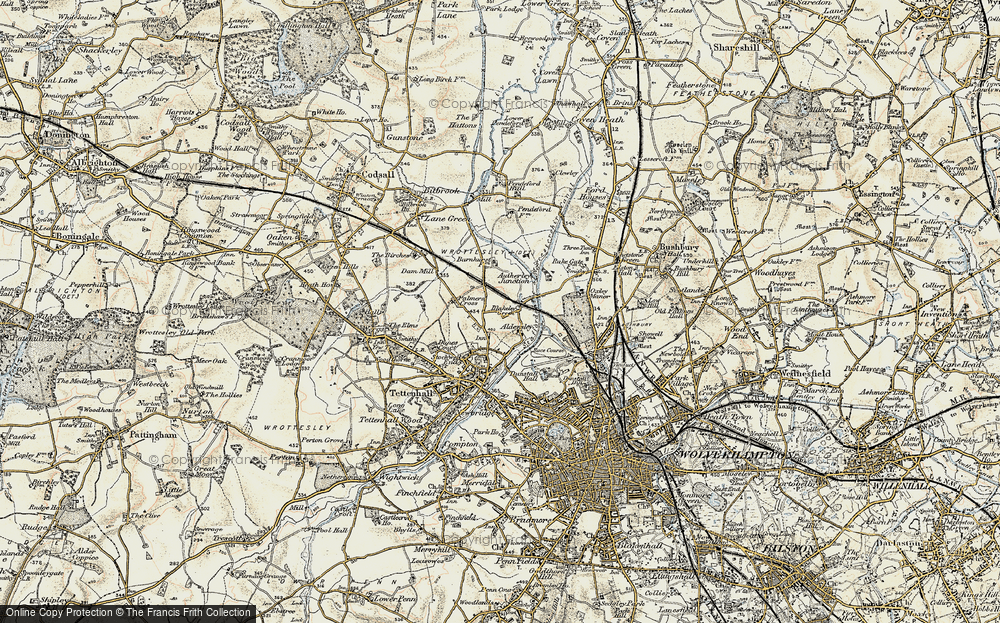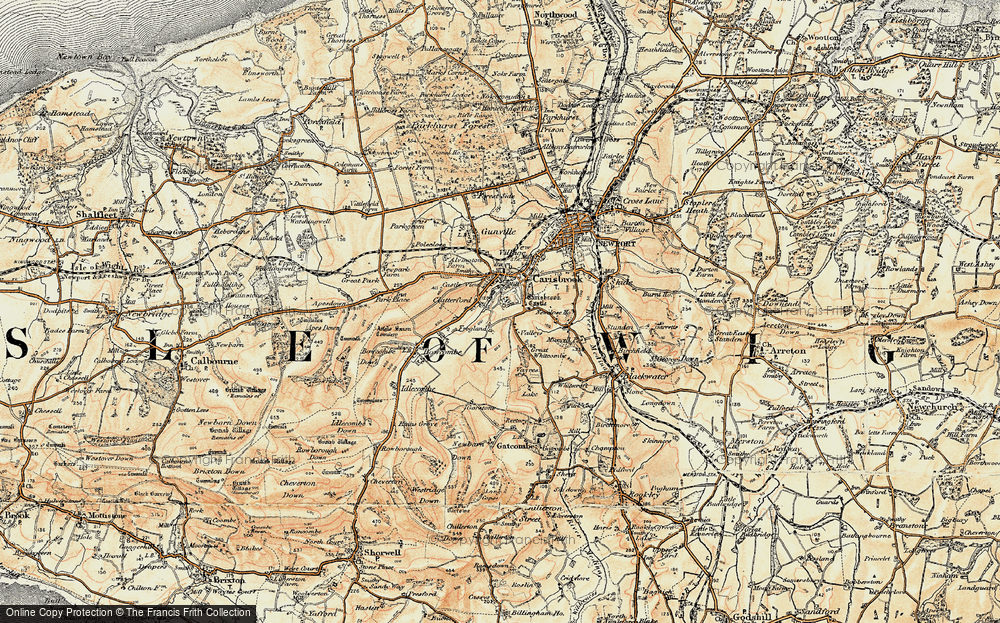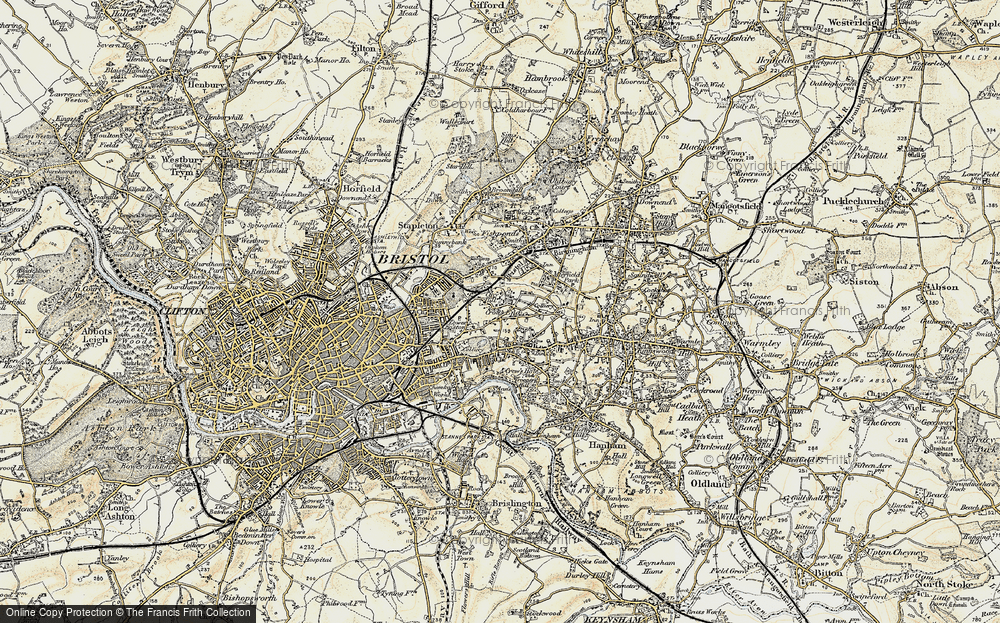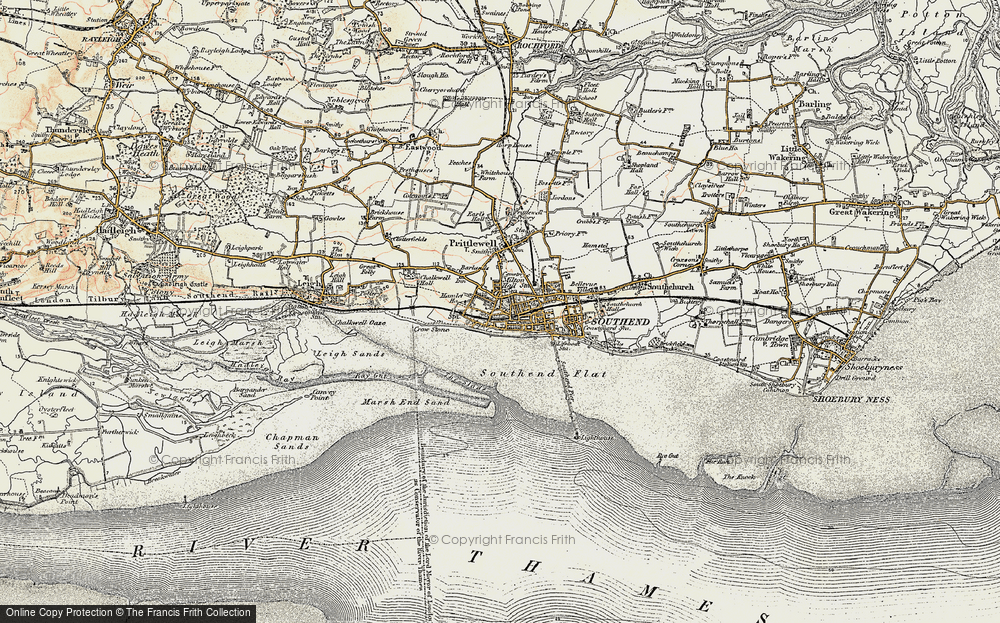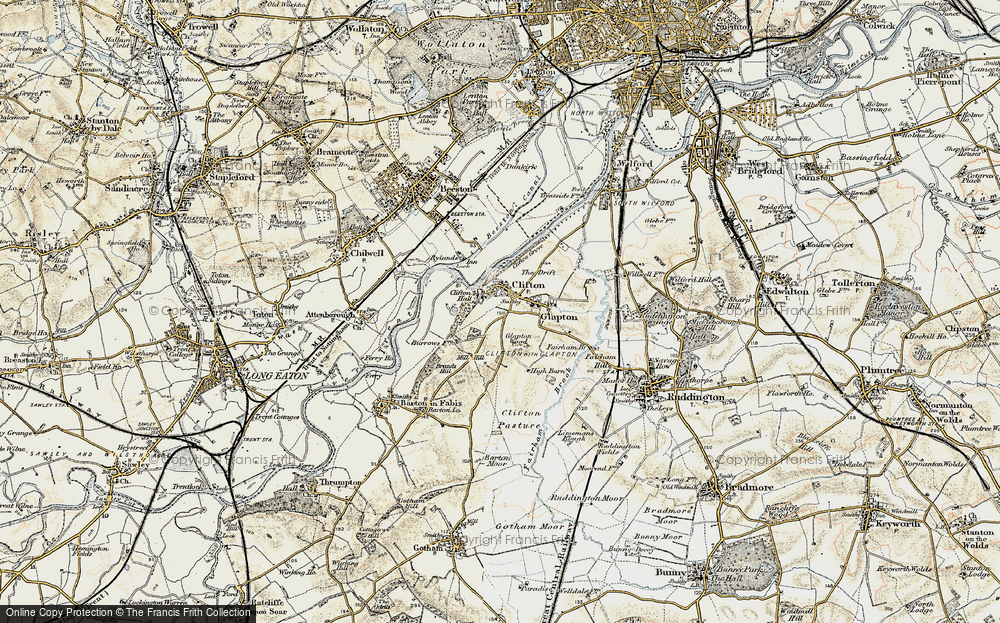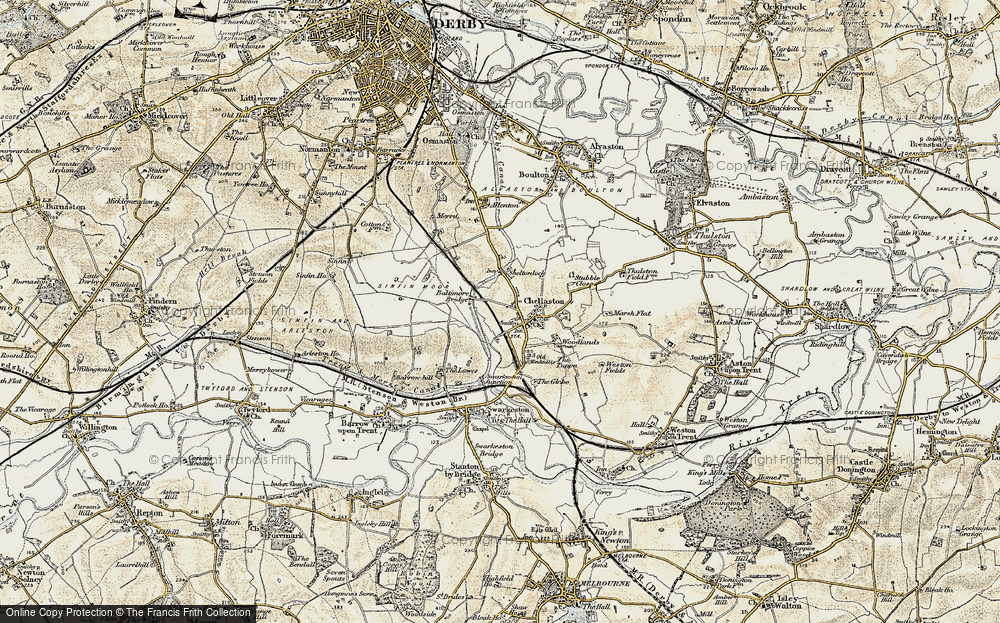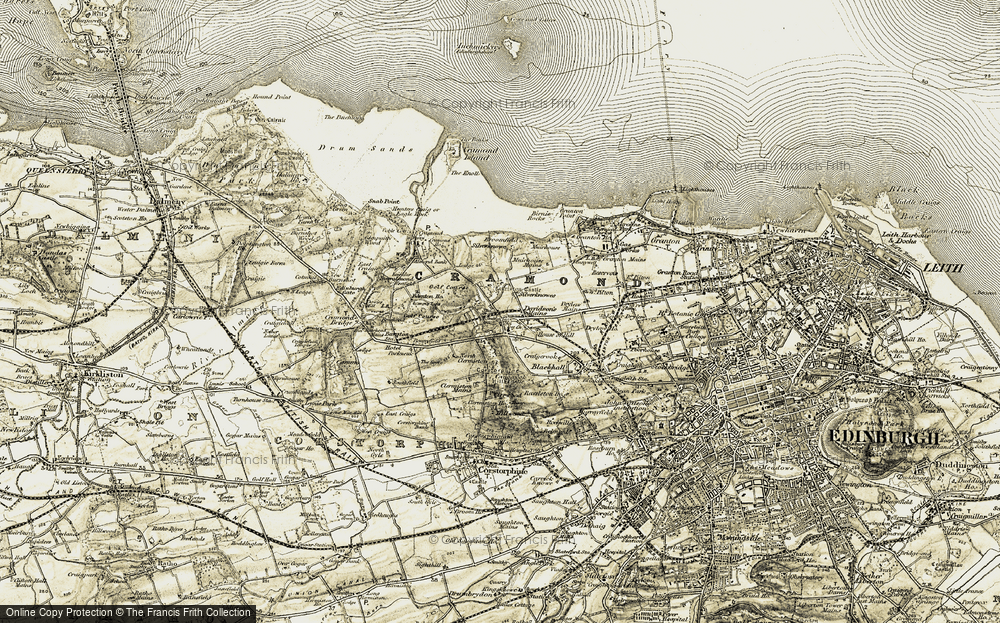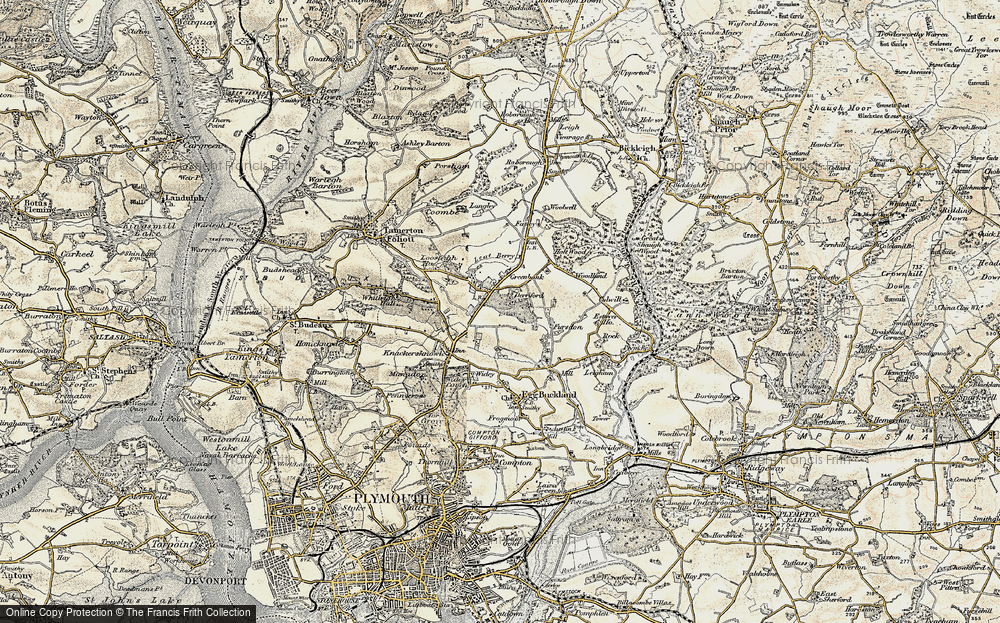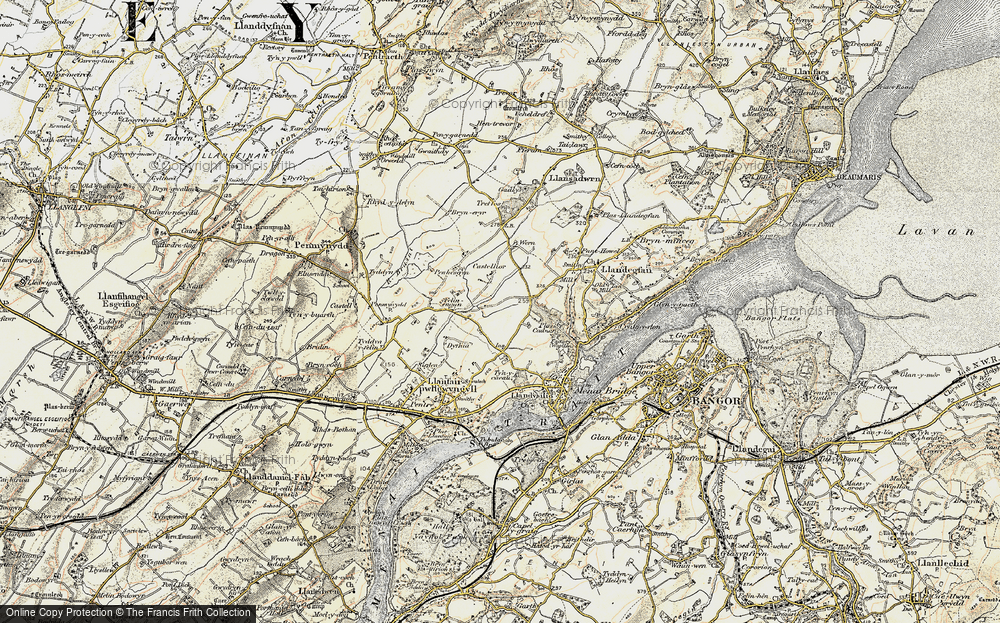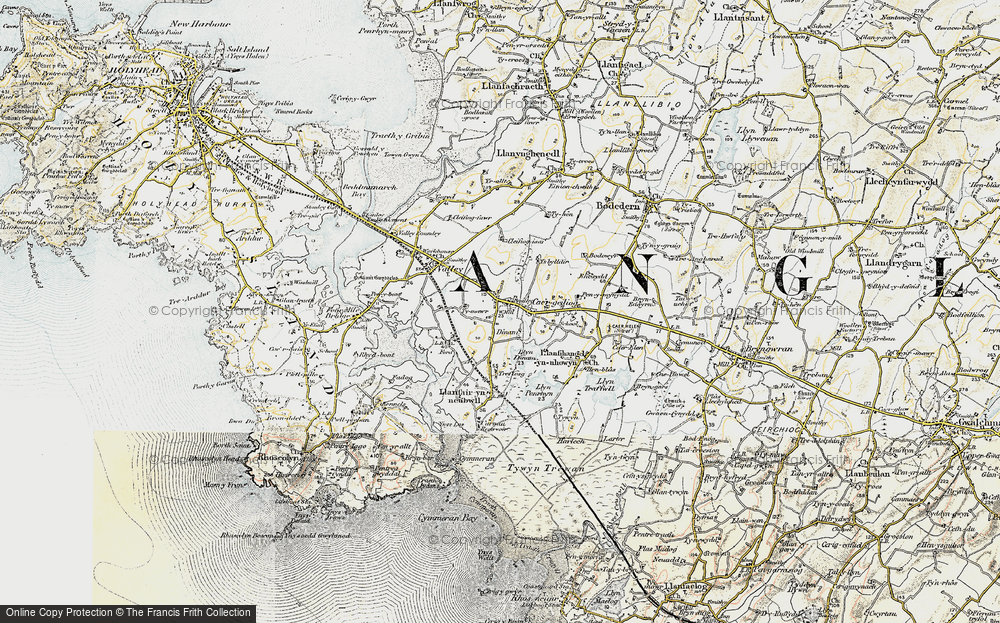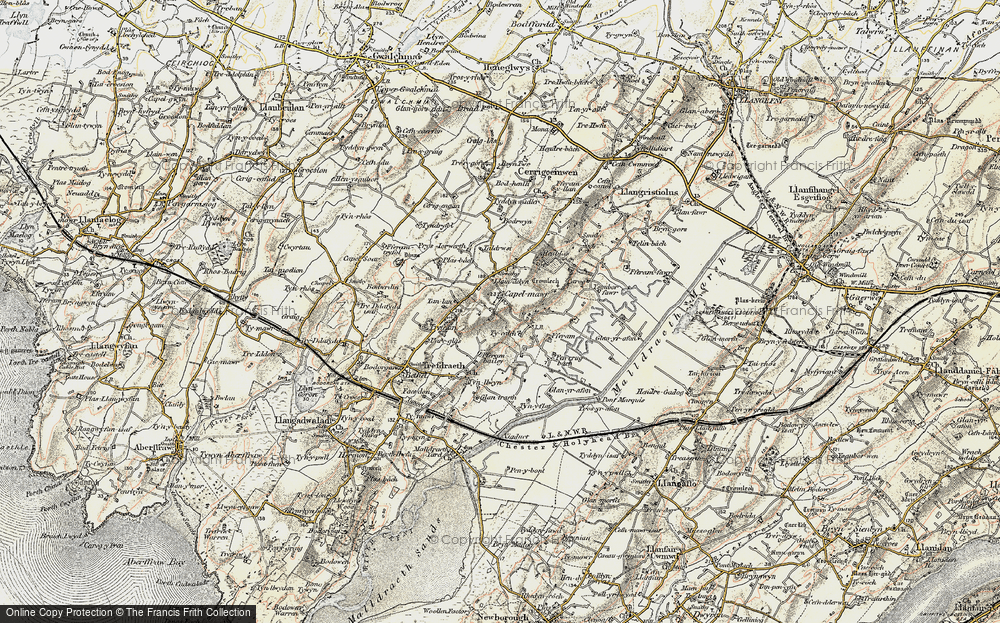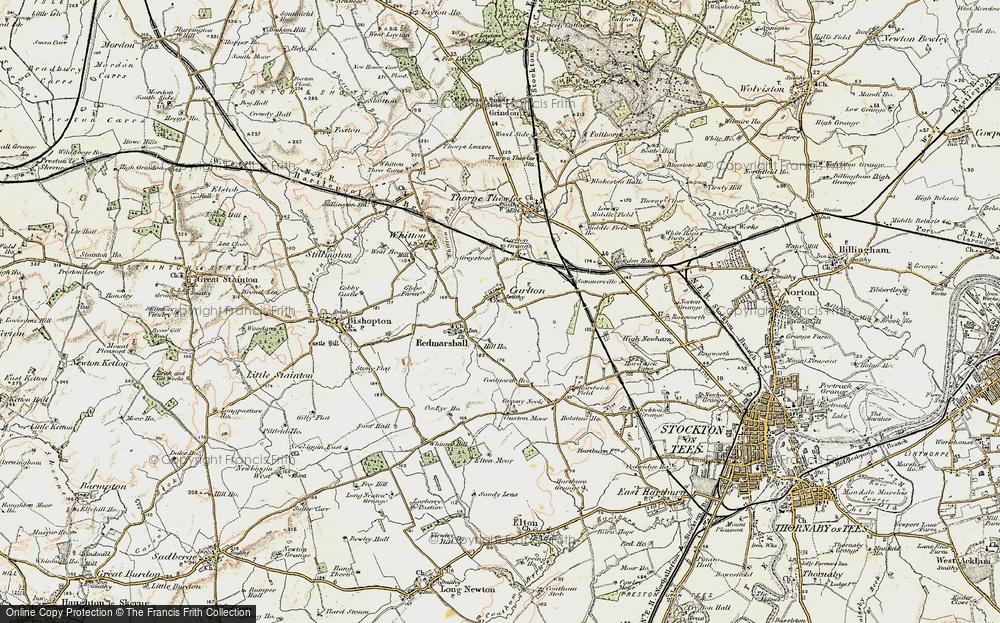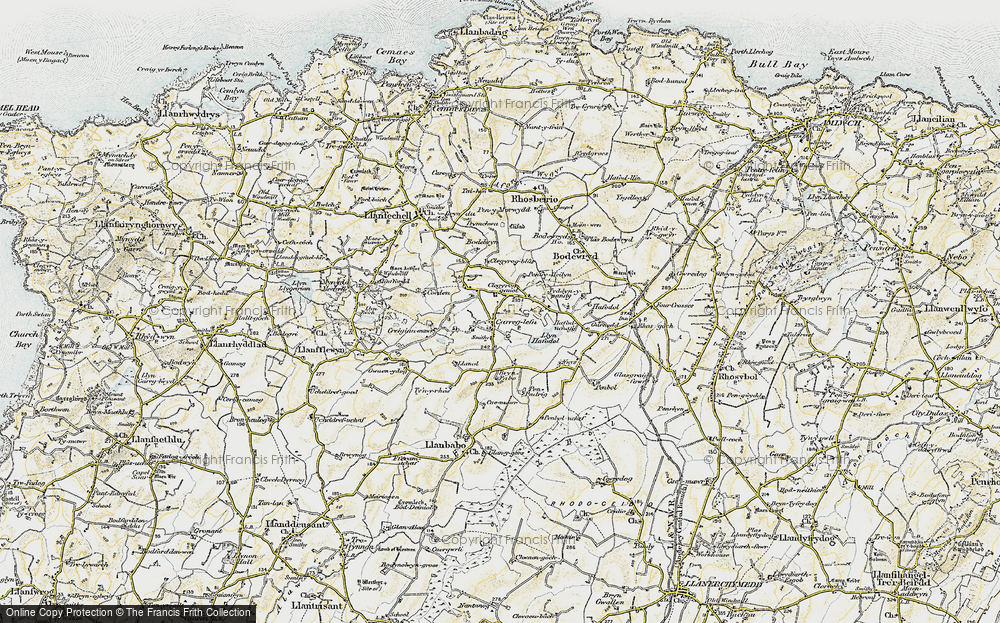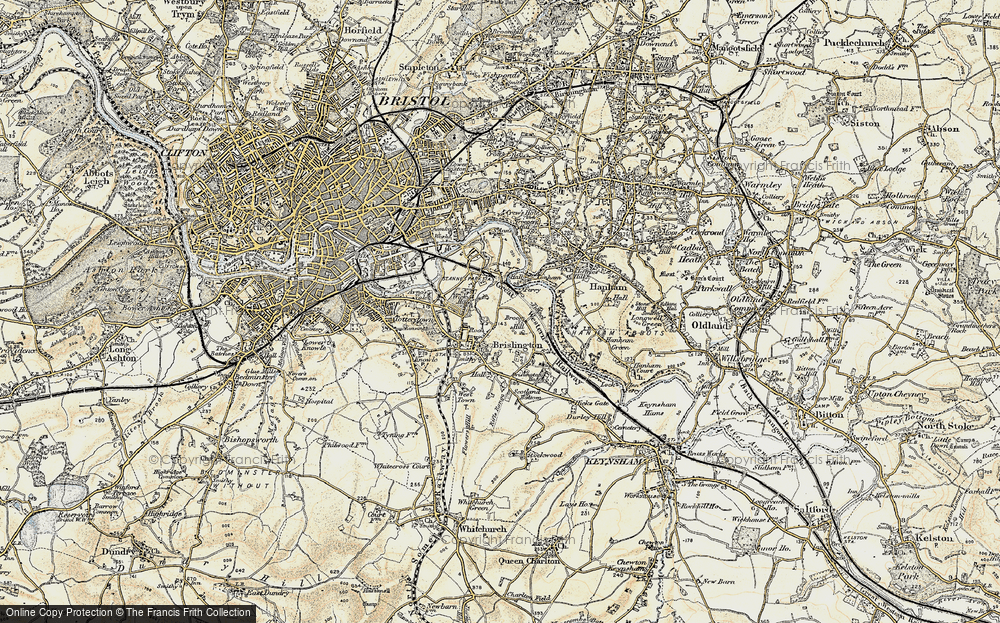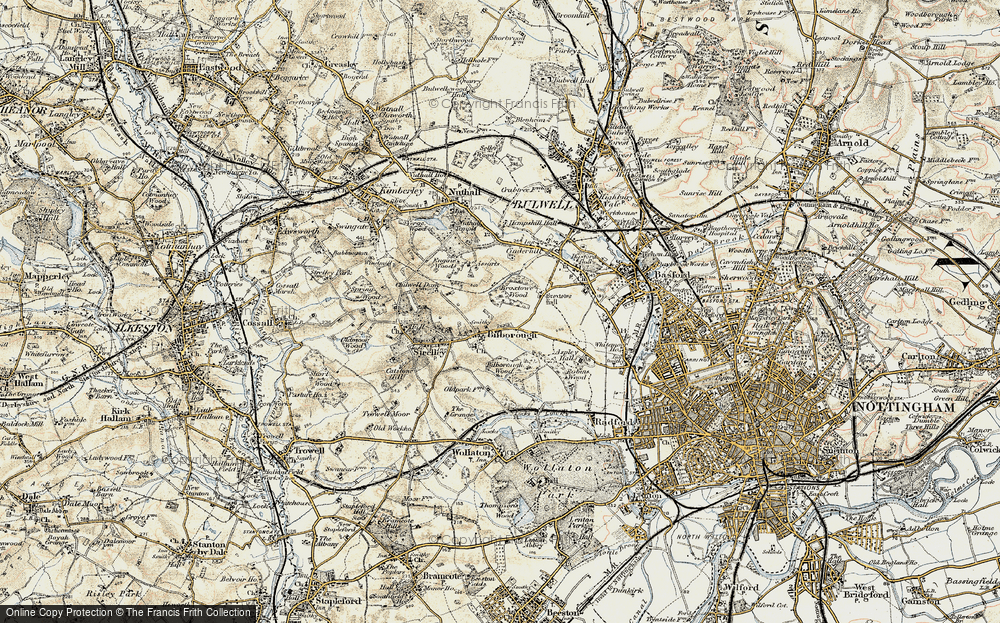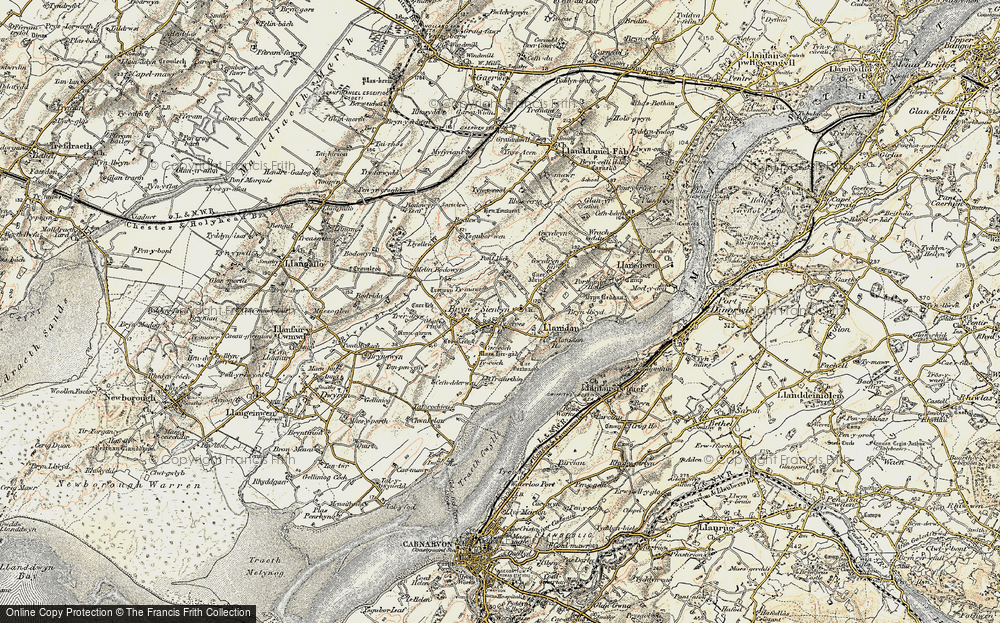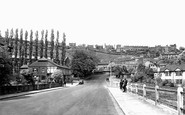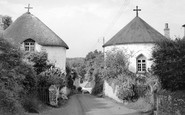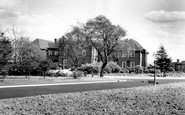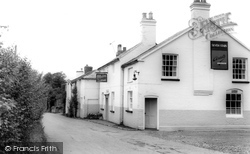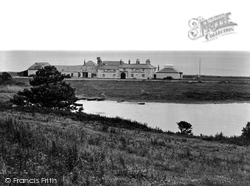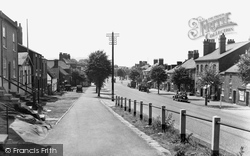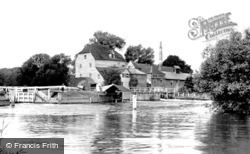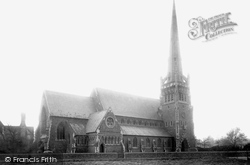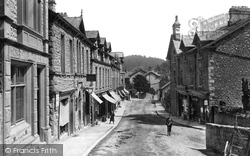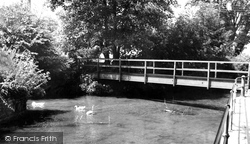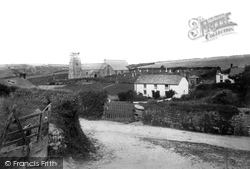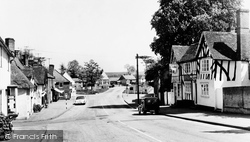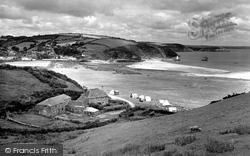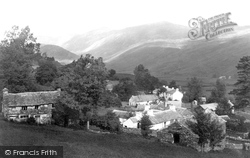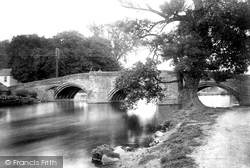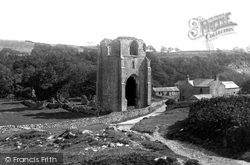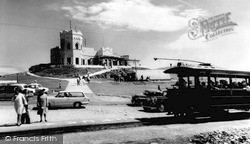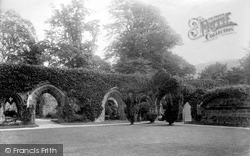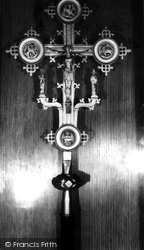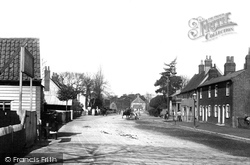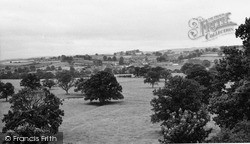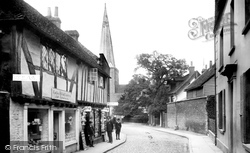Merry Christmas & Happy New Year!
Christmas Deliveries: If you placed an order on or before midday on Friday 19th December for Christmas delivery it was despatched before the Royal Mail or Parcel Force deadline and therefore should be received in time for Christmas. Orders placed after midday on Friday 19th December will be delivered in the New Year.
Please Note: Our offices and factory are now closed until Monday 5th January when we will be pleased to deal with any queries that have arisen during the holiday period.
During the holiday our Gift Cards may still be ordered for any last minute orders and will be sent automatically by email direct to your recipient - see here: Gift Cards
Places
Sorry, no places were found that related to your search.
Photos
Sorry, no photos were found that related to your search.
Maps
7,034 maps found.
Books
163 books found. Showing results 4,801 to 4,824.
Memories
22,913 memories found. Showing results 2,001 to 2,010.
My Years At Langley School
Hiya to anyone who was at Langley School from the 1950s to 1961. All in all I spent most of my school life there. My friends there were Hilda Makin, who sadly died in the 1960s, Margaret, I think it was Green, Denise Holt, ...Read more
A memory of Baildon in 1957 by
Nash School
I went to live in Nash in 1955 as a foster child. I attended Nash School from 1955 - 1958 when Mrs Jones was the headmistress. The school sadly closed in 1958 and we were moved to Burford School near Tenbury Wells. Life at Nash ...Read more
A memory of Tenbury Wells in 1955 by
School Dinners
Well, this is just a thought , but school dinners have come to mind. I was like some who said they didn't like school dinners even if you hadn't tried them, in the early years of school this was a good excuse for going home for an hour. I ...Read more
A memory of Crook by
My Fathers Birthplace.
My father Cornelius Henry Johns (Naily to everyone who knew him) was born in the little Round House on the left of the photo. He was the youngest of a large family, and there were 11 people living there in 1899. They then moved to ...Read more
A memory of Veryan in 1890 by
My Mothers Was Evacuated To Penny Bridge During Ww2
My mother Iris Woods was evacuated to Penny Bridge during WW2. She first stayed at Penny Bridge House with the Stanley sisters - Franny & Alice? She then was moved to Mrytle Cottage to ...Read more
A memory of Penny Bridge in 1940 by
Ww2 Pontllanfraith
My paternal grandfather, Joseph Cook, lived at No 24 Newbridge Road, Pontllanfraith and to avoid the bombing where we lived in South London, we stayed in his house. I was too young for school, but my brothers, Joe and Pat ...Read more
A memory of Pontllanfraith in 1944 by
I Break My Arm
Soon after the end of WW2, we stayed in Frampton on Severn, at the home of my Uncle Percy and his wife Mary. My Uncle Percy worked on an Estate, possibly Frampton Court. With some of the local lads we liked to visit, what ...Read more
A memory of Frampton On Severn in 1947 by
Is This The Name Of The Ward?
I did my nurse training at Pastures Hospital back in 1981, and I think the name of this ward was Ridgeway (but I may be wrong) - it was a rehabilitation ward then. Sadly, these wards are no longer there, but I have some great memories. Trisha
A memory of Mickleover by
Flimby
I cannot remember a time where Flimby did not feature in my life. My father was born on Ryehill Road, and my grandfather was born and bred in Flimby. It once was a pit village and my grandfather John Watters was an engineer, his father was the ...Read more
A memory of Flimby by
The Real Winters Of The 1940s
I recall, with the occasional shudder, the freezing cold winters of the 1940s. I spent Saturday evenings earning a couple of shillings (that's 10p to you youngsters!!) working from 4.30pm to 6.00pm selling newspapers ...Read more
A memory of Motspur Park in 1948 by
Your search returned a large number of results. Please try to refine your search further.
Captions
9,654 captions found. Showing results 4,801 to 4,824.
Beckbury, just a mile or so to the south, can certainly be described as a village, and it still retains its pub, the Seven Stars.
At the end of 1943, the whole area was requisitioned by the military, and US forces practised the D-Day landings.
The oldest cottages in Frodsham are those on The Rock, in other words on the highest land in what was once predominately very marshy terrain.
In the photograph the mill's waterwheel is in a protective structure at the left. The mill house survives just out of picture to the right, but of the mill there is virtually no trace.
As Reading expanded south, St Giles', decaying and small, proved unable to cope, and Christchurch was built in 1861-2.
There is no traffic on Main Street, which at this time had a problem caused by a dog-leg in the road by the tree visible in the centre background.
Axmouth stands at the southern end of the Fosse Way, the great Roman road that strides across England from far-off Lincolnshire.
This footbridge, now gone, went across the river Marden from the footpath to the left, and led into a bungalow which was situated on what is now Somerfield's car park.
The church of St Carantoc stands in its churchyard within sight of the sea. It has an unusual layout, with the chancel roof higher than the nave.
The thatched roof at the left-hand road junction belongs to Serjeant Bendlowes`s Cottage.
Outdoor holidays are being pioneered here, with just a few tents and caravans on the edge of the beach at Sconhoe Farm.
The name of this small settlement on the slopes of Wansfell Pike between Windermere and the Kirkstone Pass means exactly what it says - 'the trout stream' - and it stands above a stream with the same name
Eamont Bridge, just south of Penrith on the A6, takes its name from this splendid three-arched bridge across the River Eamont.
Shap Abbey, near the banks of the River Lowther, was founded by the 'white canons' of the Premonstratensian order at the end of the 12th century, but it was dissolved, like so many others, in 1540
The tram arrives from the town below; a modern Triumph Herald estate has joined the older cars here; and refreshment is available at the hotel.
The centre was opened on 12 July 1951 by the then Princess Elizabeth, now the Queen, accompanied by Winston Churchill, the local MP.
The Abbey was begun in the 12th century, and its ruins (seen here ivy-covered, as they used to be) have been a place to visit for over three hundred years.
Ludford was the name given to the settlement beside the bridge at the southern entrance to Ludlow. It is thought that the 'Lud' element in each placename refers to a man of that name.
The processional cross once belonged to the Roman Catholic Chapel at Wingerworth Hall, seat of the Hunloke family.
The Old House of 1678 is a prominently-sited example of English domestic architecture at its very best.
The Abbey was begun in the 12th century, and its ruins (seen here ivy-covered, as they used to be) have been a place to visit for over three hundred years.
At this time, Felixstowe enjoyed popularity as a seaside resort, but the dream of eccentric local landowner Colonel Tomline to transform the town into a major port had not yet materialised - that was to
Once, however, it had been dangerous territory; at nearby Baronwood is the Giant's Chamber, where, according to tradition, people took refuge during Scottish raids.
In Edwardian days cyclists frequented Godalming, especially at weekends. There was a demand for teashops, and Church Street had three - one is on the left here.
Places (0)
Photos (0)
Memories (22913)
Books (163)
Maps (7034)


